At the Olympics, fans are exploring a new AI-driven talent identification system designed to spot future gold medalists. The developers of this technology aim to use a portable version to bring advanced sports science to remote regions worldwide.
As the alarm sounds, Tacto, a young participant, rushes to swipe at infra-red sensors that flash blue intermittently. Nearby, his younger brother Tomo sprints down a short track, with cameras tracking his every move. The siblings from Yokohama, Japan, are engaging in AI-powered tests set up near the Olympic Stadium in Paris, with the goal of identifying future champions.
The system collects data from five different activities, including running, jumping, and grip strength. This data is analyzed to evaluate attributes such as power, explosiveness, endurance, reaction time, strength, and agility. The results are then compared with data from professional and Olympic athletes.
“We’re utilizing computer vision and historical data to help everyday people compare their performance to elite athletes and discover which sport they might be best suited for,” explains Sarah Vickers, head of Intel’s Olympic and Paralympic Program.
After completing the tests, participants receive recommendations on which sport they might excel in from a list of ten. Intel assures that all data collected is deleted after the process.
For the young brothers, the experience is enjoyable. “I liked the part where we had to sprint as fast as we could,” says Tacto.
The AI system at Paris 2024 has a more compact counterpart that can be used with basic devices like mobile phones, tablets, or PCs. “With just a mobile phone or a tablet, this technology can reach places that were previously inaccessible,” says Sarah.
This portable AI can evaluate athletic performance by analyzing video footage without needing physical sensors. The International Olympic Committee recently used the system in Senegal, assessing over 1,000 children across five villages. It identified 48 children with significant potential, including one with exceptional promise, and offered them opportunities to join sports programs.
Prof. John Brewer, a visiting lecturer at the University of Suffolk with experience in talent identification, notes that while this system is valuable for initial assessments, it has limitations. “For technical sports like football or basketball, or endurance events like marathons, a basic system might not capture all necessary attributes,” he explains. “But for making preliminary evaluations, especially in areas lacking high-tech resources, it’s a positive development.”
Back at the Olympic Stadium, young Tacto has been identified as a potential sprinter. He is pleased, though he currently prefers football and tennis. More experienced athletes Hank and Brock, who previously competed at the collegiate level in the US, also tried the system. Hank was identified for rugby, while Brock was recommended for basketball—a sport he has never played.
“It seems even with AI technology, computers don’t always get it right,” Brock remarks, with Hank adding a playful note about their past basketball game. Despite the occasional mismatch, the AI system represents a promising step in broadening access to sports talent identification.




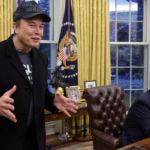

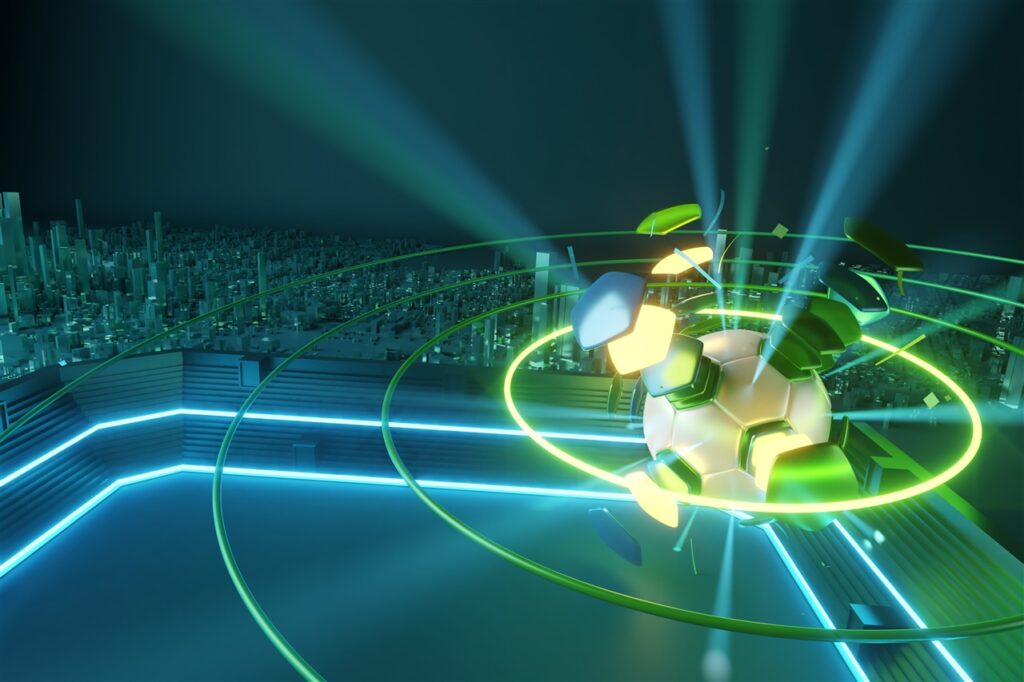

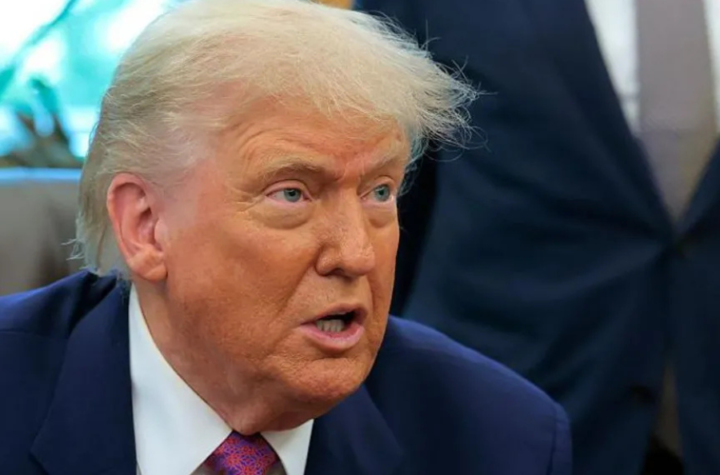
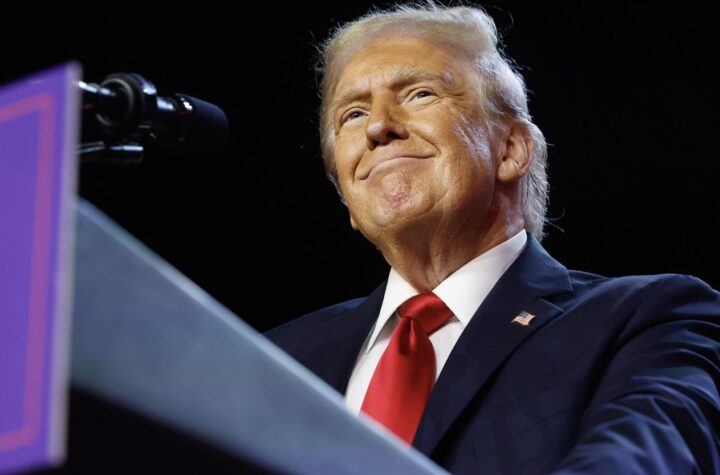
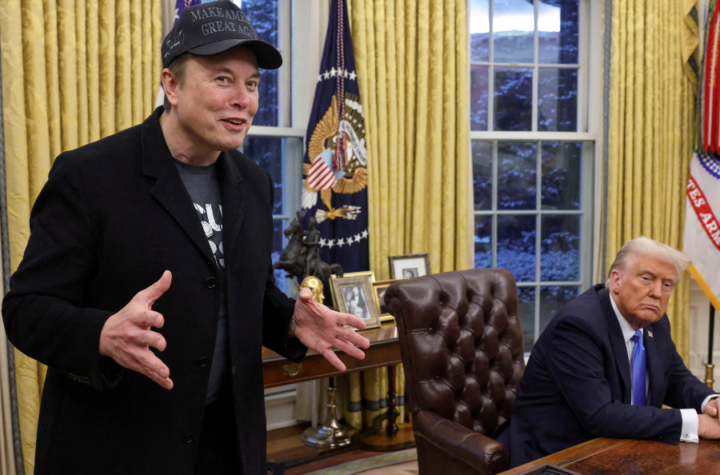
More Stories
South Korea imposes a ban on new downloads of DeepSeek AI
Australia bans DeepSeek on government devices due to security concerns
LinkedIn faces accusations of using private messages to train AI